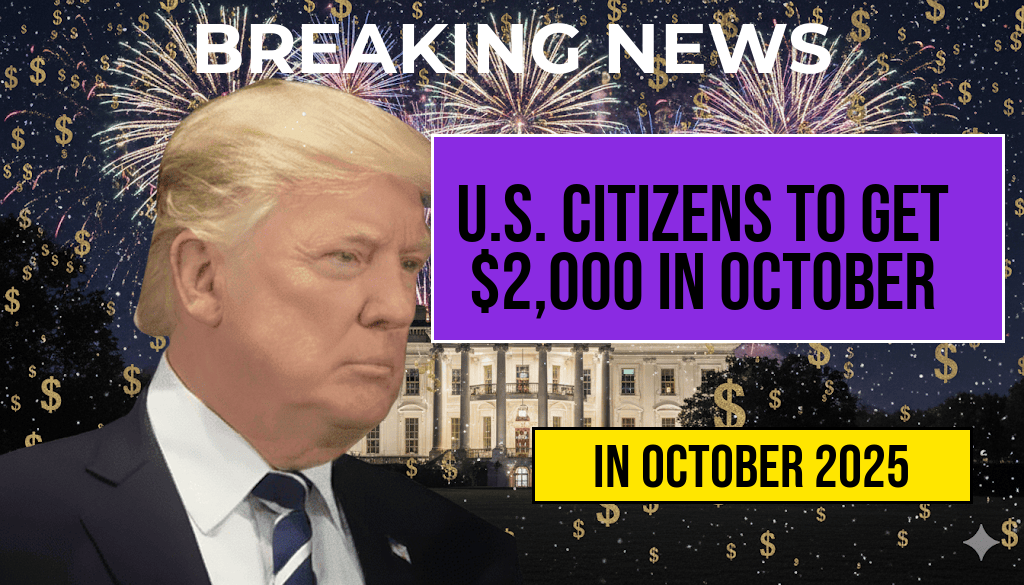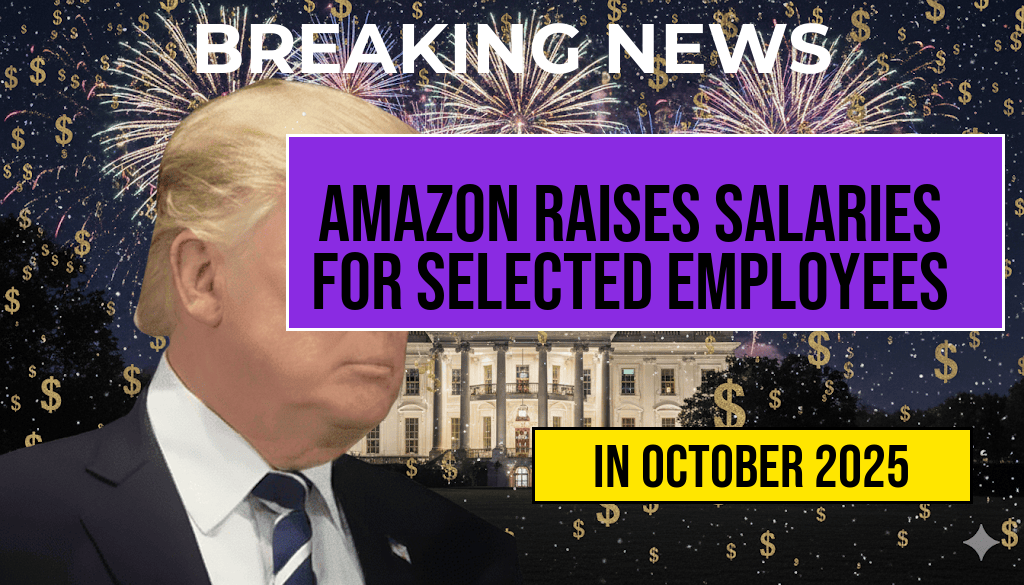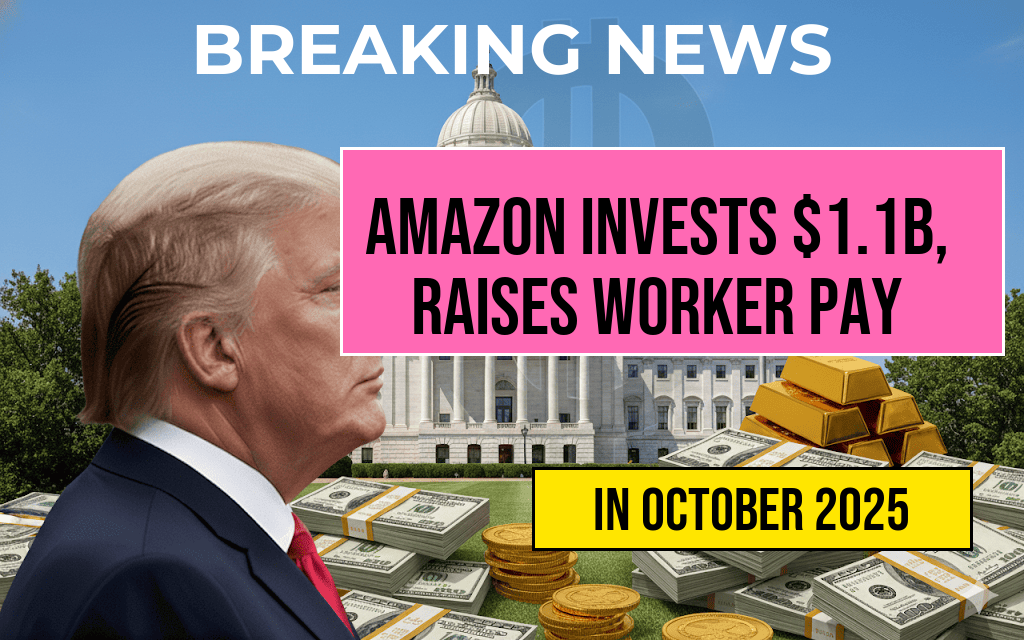California has announced a streamlined approach to providing financial relief to millions of residents by offering direct payments of up to $250 to over 11.5 million households currently receiving electric credits. The initiative aims to deliver these funds with minimal administrative effort, ensuring swift distribution to those eligible. Eligible households will automatically receive the payments through existing financial systems, eliminating the need for lengthy applications or additional paperwork. This move underscores California’s ongoing commitment to supporting residents facing rising energy costs and economic challenges, aligning with broader efforts to provide targeted relief amidst a complex fiscal landscape.
Details of the Electric Credit Payment Program
Who qualifies for the payments?
- Households currently enrolled in state or utility-sponsored electric assistance programs.
- Residents receiving Supplemental Security Income (SSI), CalWORKs, or other state assistance benefits.
- Families within low-income brackets based on income thresholds established by state guidelines.
The program specifically targets vulnerable populations, including seniors, disabled individuals, and low-income families, recognizing their heightened exposure to energy price fluctuations.
How will payments be made?
The payments will be automatically issued via direct deposit or prepaid debit cards, depending on individual household preferences and existing financial arrangements. The California Department of Social Services (CDSS) and utility providers will coordinate to ensure a seamless distribution process, avoiding delays often associated with traditional application-based relief programs.
Timeline for distribution
| Phase | Expected Completion Date |
|---|---|
| Initial notifications and verifications | Late October 2023 |
| First round of payments | Early November 2023 |
| Complete distribution to all eligible households | Mid-November 2023 |
Background and Policy Context
California’s decision reflects a broader trend among states to implement targeted financial relief programs in response to sustained increases in energy costs. According to recent reports from the U.S. Energy Information Administration, electricity prices have surged nationally, impacting households’ budgets significantly. California, which has historically prioritized clean energy initiatives, is balancing this commitment with the need to protect consumers from economic strain, especially amid ongoing inflationary pressures.
This initiative is part of California’s comprehensive energy affordability strategy, which includes investments in renewable infrastructure, consumer protections, and assistance programs. The state’s energy agencies have emphasized that automating payments reduces barriers for low-income households, thereby increasing participation and ensuring aid reaches those most in need.
For more context on California’s energy policies and assistance programs, the California Public Utilities Commission provides detailed information on ongoing initiatives (https://www.cpuc.ca.gov/).
Implications for Households and Policy Goals
The direct payment approach offers several benefits:
- Speed and simplicity: Households won’t need to navigate complex application processes, reducing administrative costs and accelerating aid delivery.
- Targeted relief: Focusing on households already enrolled in assistance programs maximizes impact where it is most needed.
- Economic stability: Providing immediate funds can help families manage utility bills amidst inflation and energy market volatility.
Experts suggest that such measures could serve as a model for other states seeking efficient ways to support low-income residents during economic downturns or crises. Consumer advocacy groups have lauded the program for its straightforward design, which minimizes bureaucratic hurdles while maximizing reach.
However, some critiques point to the necessity of sustained, long-term solutions beyond one-time payments, emphasizing the importance of energy efficiency programs and future rate mitigation strategies.
Additional Support and Resources
Eligible households are encouraged to verify their enrollment status and payment details through official channels. Resources available include:
- California Department of Social Services assistance portals
- Utility company customer service centers
- Online portals for direct deposit updates and prepaid card management
Residents seeking more information about ongoing energy assistance initiatives and how to apply for supplementary aid can visit the state’s official website or consult community outreach programs designed to aid vulnerable populations.
As California advances its commitment to protecting residents from energy cost burdens, this direct payment initiative exemplifies a pragmatic approach to addressing immediate financial needs while reinforcing broader policy objectives aimed at energy affordability and economic resilience. For further insights into California’s energy policies and social programs, stakeholders can explore resources provided by the California Energy Commission (https://ww2.energy.ca.gov/) and the California Department of Social Services (https://www.cdss.ca.gov/).
Frequently Asked Questions
What is the purpose of the direct payments announced by California?
The California government is providing direct payments of up to $250 to help households offset energy costs and support residents receiving electric credits.
How many households are eligible to receive these payments?
Over 11.5 million households receiving electric credits are eligible for the direct payments.
Do recipients need to take any action to receive the payments?
No, minimal action is required from eligible households; the payments will be made automatically to qualifying recipients.
When will the payments be distributed?
The distribution timeline has not been specified in detail, but eligible households can expect to receive the payments soon as the program is implemented.
Are there any additional benefits or support included in this program?
This initiative primarily aims to provide financial relief through direct payments to assist with energy costs; other benefits are not specified at this time.






